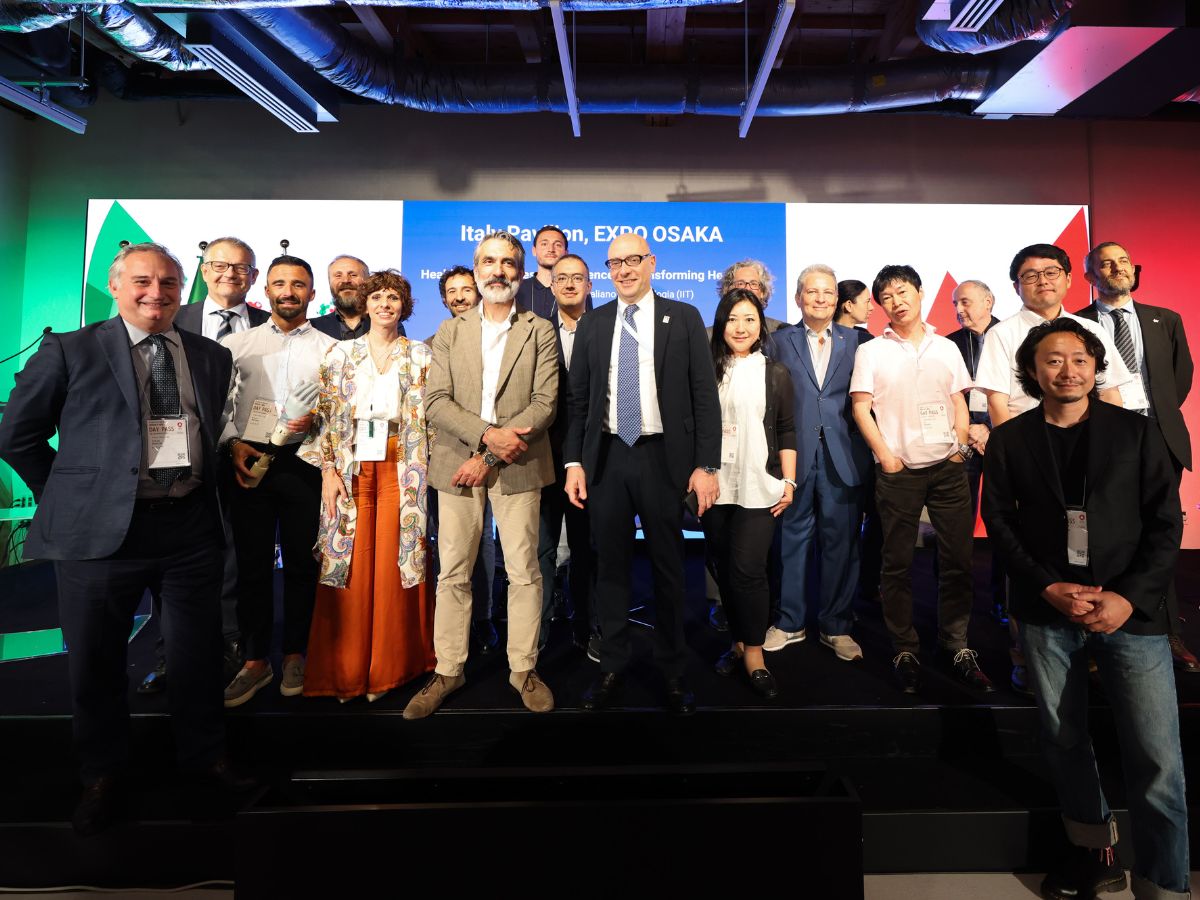Intervista al Colonnello Walter Villadei
A poco più di 50 anni dall’allunaggio quali sfide ci attendono a breve e lungo termine?
Innanzitutto ricordiamo che l’esplorazione di ambienti nuovi ha richiesto, nel corso della storia dell’umanità, secoli e a volte millenni. L’uomo ha iniziato il suo viaggio nello spazio appena 60 anni fa, con il volo di Yuri Gagarin nel 1961, e da allora ha proseguito ininterrottamente questa avventura. Le sfide che ci aspettano? Nel breve periodo rendere sostenibile l’economia spaziale con una presenza umana attorno alla Terra permanente ed estensiva. Dobbiamo ragionare come una dimensione di quotidiana attività. Nel lungo periodo, certamente espandere la capacità di volare più lontano nello spazio profondo. Esplorare è un bisogno primario. Luna, Marte e poi chissà.
Quali saranno le tecnologie che dovremo utilizzare?
Oggi assistiamo ad una contaminazione trasversale tra diversi domini. Una volta lo spazio traeva le tecnologie dal mondo militare mentre nella New Space Economy, altri mondi si avvicinano, come ad esempio una sempre più stretta interazione tra automotive ed aerospazio. Ma le sfide sono molteplici, ad esempio: una propulsione più efficace ed efficiente, sia per volare trans-atmosferici che nello spazio; materiali innovativi, magari da crearsi nello spazio, con capacità autoriparanti e schermatura, per volare nello spazio profondo. Ma allo sviluppo tecnologico si deve accompagnare anche a grandi investimenti nella ricerca scientifica, senza la quale non esiste reale innovazione.
Quale è il ruolo della AI oggi è come potrà essere usata in futuro?
Intelligenza Artificiale, quantum computing, digital twins sono il futuro nel futuro. La cosiddetta Deep-Tech, con potenzialità enormi impensabili solo qualche anno fa. Pensate al film “2001 Odissea nello spazio” o alla filmografia di fantascienza! Da sempre la razza umana si è immaginata in questa avventura accompagnata e aiutata da sofisticati “robot”. L’interazione attiva ed “intelligente” tra umani e “macchine” apre scenari straordinari nell’esplorazione spaziale. Un supporto diretto agli equipaggi, ad incrementare la sicurezza delle future missioni, ad esempio svolgendo controlli predittivi continui sui vari sistemi attraverso algoritmi di health monitoring.
Quale è il ruolo dei player privati?
Fondamentale. Sono la spinta che in questi ultimi anni ha rivoluzionato il settore. Lo spazio ha un’importanza strategica fondamentale e dunque il ruolo dei governi e delle agenzie non scomparirà. Tuttavia il ruolo dei privati ha accentuato l’attenzione a parametri di efficienza, sostenibilità, competizione di mercato, con inevitabile miglioramento delle soluzioni tecnologiche disponibili. Pensate al recupero degli stadi dei lanciatori di SpaceX; lo spazioplano di Virgin Galactic o la prima stazione spaziale commerciale di Axiom. Sono questi i protagonisti che stanno promuovendo l’economia spaziale nelle orbite basse. Di questo beneficeranno anche le istituzioni.
Qual è il ruolo del nostro Paese in questo ambito ed in particolare per quanto riguarda la ricerca aerospaziale e lo sviluppo del “commercial space flight”?
L’Italia ha una storia e delle competenze che le consentono di essere protagonista assoluta. Ci vuole però un grande impegno ed una visione di sistema. Nel nostro piccolo, l’Aeronautica Militare ha siglato degli accordi nel settore con la TAS-I, la principale industria nazionale in questo ambito, la Regione Emilia-Romagna per possibili sinergie tra domini trasversali e soprattutto con il CNR, proprio perché il commercial spaceflight consentirà ai nostri ricercatori e scienziati di ampliare le attività in microgravità. Insomma, l’Italia ha tutti i numeri per essere uno dei gateway principali a livello mondiale per la ricerca in orbita, con indubbi benefici sul piano economico e di sviluppo tecnologico.





